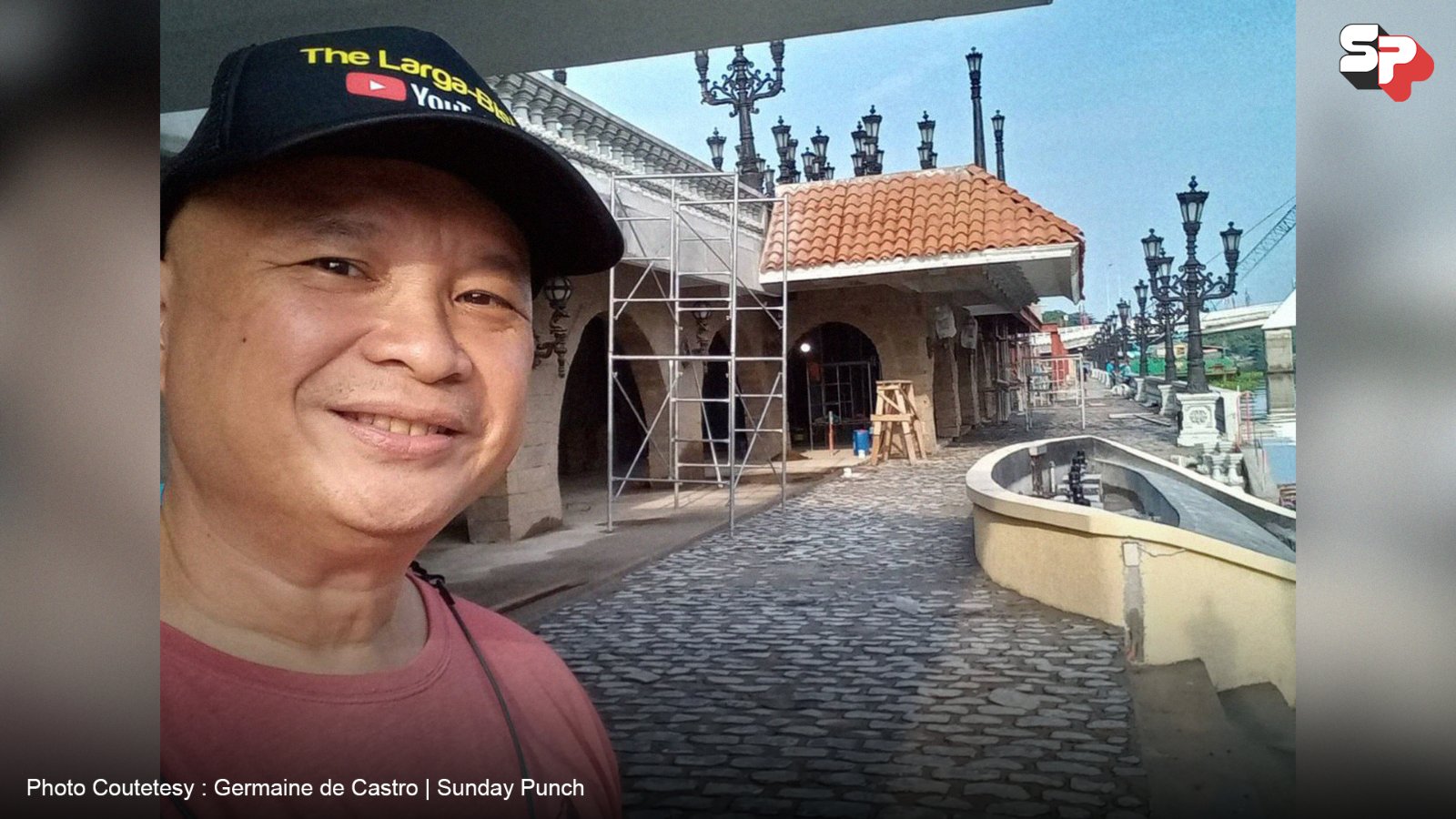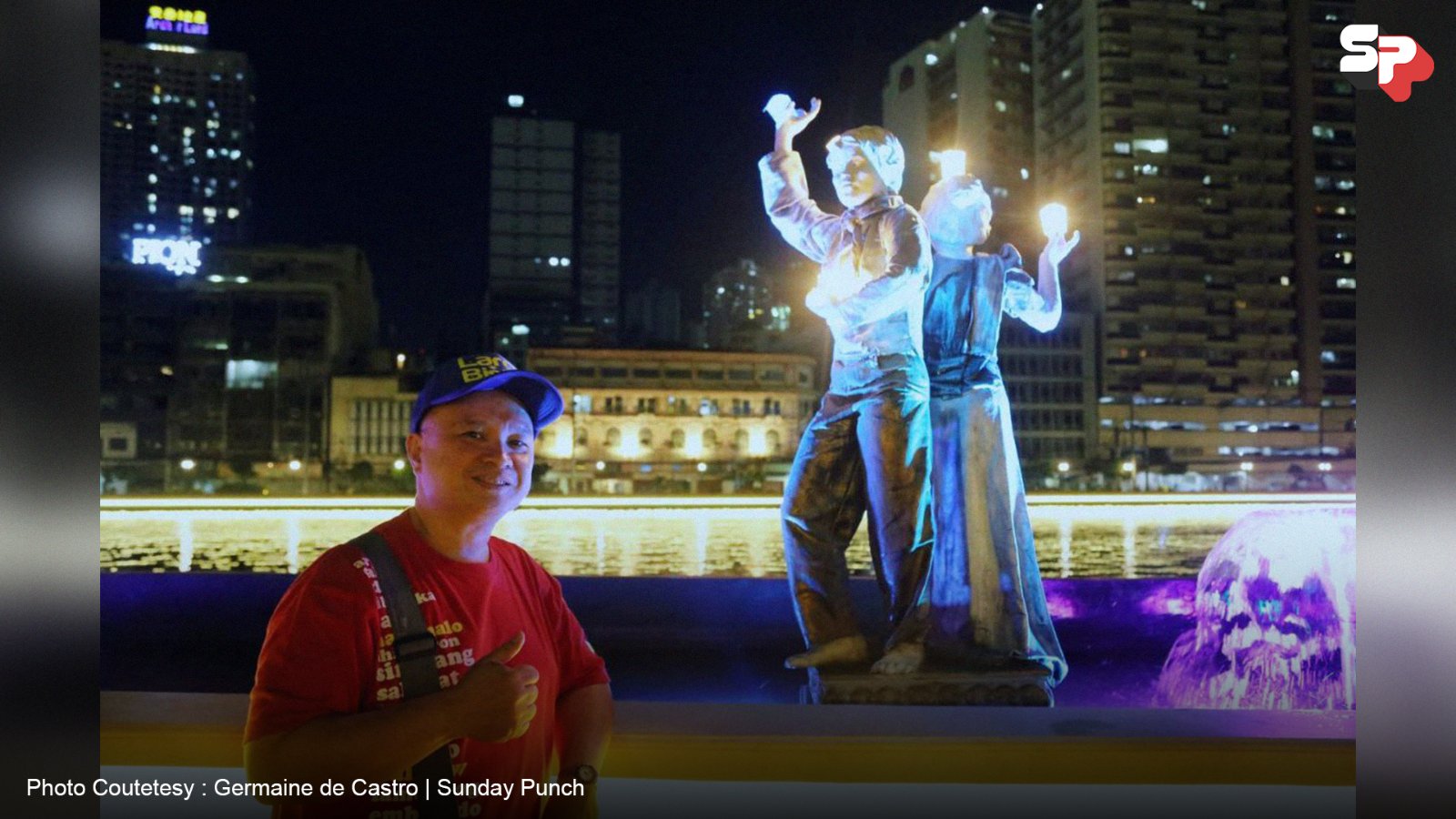I remember a time when walking along the banks of the Pasig River meant holding my breath to escape the stench that hung in the air. The waters were dark, murky, and riddled with piles of floating trash accumulated over years of neglect. It was a sight that spoke of lost potential and the consequences of poor urban planning.
Today, however, the Pasig River is undergoing a monumental transformation. The rehabilitation project led by the government and supported by the private sector, aims to restore this historically significant river to its former glory. The goal is to create a space conducive to transport, recreation, and tourism, as well as to reintegrate the river into the daily lives of the people, transforming it into a vibrant public area.
Historically, the Pasig River served as a vital waterway during the Spanish colonial period and even earlier, playing a crucial role as a transportation route for trade and commerce. Connecting Manila Bay to Laguna de Bay, it was an essential artery for the economic activities in the Philippines. Riverside communities thrived, engaging in fishing, farming, and trade, which made the river a central feature of everyday life and commerce of the ‘Tagalogs.’
Despite facing challenges from poor urban planning, pollution, and years of neglect, the Pasig River remains a testament to its cultural and historical value for the people of Manila-Rizal area. Its banks have witnessed generations who lived, played, and worked to build communities that thrived along the river’s edges, making its revival not just an environmental concern but a cultural imperative.
The growing public clamor for green space in the national capital led to an ambitious project designed to breathe new life into this historical waterway. The rehab project covers the entire 25-kilometer stretch of the river and includes the construction of the Pasig River Esplanade in multiple phases. Starting with Phases 1A, 1B, and eventually Phase 1C, the ultimate goal is to turn the river into a premier public space for transport, recreation, and tourism.


Architects William Ti and Paolo Alcazaren, who are leading the design, emphasize that the project isn’t just about beautification but about “improving the quality of life” for residents by providing open spaces for relaxation, exercise, and social interaction. With Metro Manila being one of the most densely populated mega-cities globally, the addition of pedestrian lanes, cycling paths, and recreational parks along the Pasig River serves as a much-needed green space for locals and visitors alike.
The esplanade project also includes the development of housing communities along the riverbanks, ensuring that residents retain access to their workplaces and remain part of Manila’s urban fabric. To ensure coordination and integration, President Ferdinand Marcos Jr. established the Inter-Agency Council for the Pasig River Urban Development under Executive Order No. 35. Chaired by the Department of Human Settlements and Urban Development (DHSUD) and vice-chaired by the Metropolitan Manila Development Authority (MMDA), this council includes 13 other agencies like the Department of Public Works and Highways (DPWH), Department of Environment and Natural Resources (DENR), and the Department of Tourism (DOT).
The council’s mandate is to address the pollution issues that have plagued the river for decades. Decades of untreated sewage, industrial waste, and solid debris have severely damaged the river’s ecosystem. Cleaning and restoring the Pasig River is crucial for environmental and health reasons and to support both the ecosystem and the communities that depend on it.
The Pasig River plays a critical role in drainage and flood control in Metro Manila. Acting as a natural waterway, it channels rainwater and excess water during typhoons and heavy rainfall, preventing widespread flooding in the city. With climate change posing significant threats, proper management of the river is essential in safeguarding the well-being of millions of residents and building resilience against future environmental challenges.
Today, as I walk along the riverbanks, the changes are undeniable. The foul odor has significantly diminished, and the water, though not yet clear, flows with fewer visible debris. It’s not perfect, but the improvement is evident. This transformation of the Pasig River serves as a hopeful reminder that even the most challenging restorations can lead to positive change when met with time, effort, and commitment.
The Pasig River is on the brink of a historic revival. As Manila’s lifeblood flows once more, it stands to become a symbol of resilience, history, and progress for generations to come—a reflection of a nation that never stops striving for a better future.
Explore Pinas!

